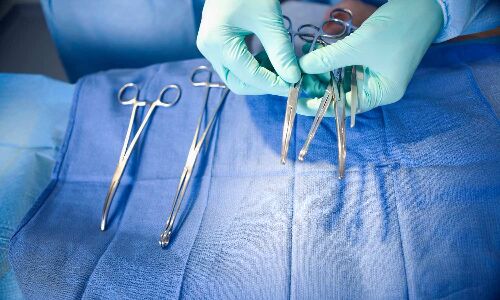USA: A research team from POSTECH have developed an artificial kidney that allows for the early detection of adverse drug reactions. The findings from their research paper were published in Biofabrication on 13 January 2023.
The POSTECH research team led by Professor Dong-Woo Cho and Professor Jinah Jang (Department of Mechanical Engineering) fabricated a glomerular microvessel-on-a-chip, which includes glomerular endothelial cells, podocyte layers, and a glomerular basement membrane (GBM) using a single step fabrication process.
The kidney plays a vital role in maintaining homeostasis within the body by eliminating toxic and superfluous substances in the bloodstream, including waste generated during metabolic processes, through urine. Nevertheless, toxicity can also be induced in the kidney from certain medications.
Nephron is the fundamental structural and functional unit in the kidney. It encompasses a network of small blood vessels called the glomerulus, twisted into a convoluted thread-like shape, contributing to forming a kidney corpuscle along with glomerular capsules. It also plays a role in removing waste from the blood. When an excessive quantity of drugs is administered, the nephron is often the first organ to exhibit drug toxicity in the body.
Given this challenge, efforts have been directed toward developing artificial organs that can determine the degree of toxicity induced by specific drug concentrations and combinations before actual drug administration. However, it should be noted that the glomerulus is responsible for regulating endothelial cells and selectively releasing proteins. This function requires interactions of podocytes and GBM proteins and is executed at a microscopic scale, making its emulation difficult.
The team successfully fabricated a glomerular microvessel-on-a-chip that recapitulates the intricate arrangement of the glomerular endothelial cells, podocyte layers, and GBM in a single step. This perfusate chip permits the co-culture of monolayer glomerular endothelium and podocyte epithelium, demonstrating mature glomerular cell markers. Moreover, the proper interactions between these cells lead to the production of GBM proteins, the key components of the GBM in vivo. Additionally, the team assessed the selective permeability capacity, a hallmark function of the glomerular filtration barrier in this novel glomerular model. It evaluated the model’s response to Adriamycin- and hyperglycemia-induced injury.
“We have successfully replicated glomerular units of the kidney, which offer boundless potential for drug screening and nephrotoxicity testing in clinical practice,” explained Professor Dong-Woo Cho, who led the study. He added, “This development will enable us to detect drug toxicity early by facilitating glomerulus disease modelling and to provide personalized treatment for patients.”
Reference:
Narendra K Singh, Jae Yun Kim, Jae Yeon Lee, Hyungseok Lee, Ge Gao, Jinah Jang, Yong Kyun Kim, and Dong-Woo Cho Published 13 January 2023,DOI 10.1088/1758-5090/acad2c.




GIPHY App Key not set. Please check settings